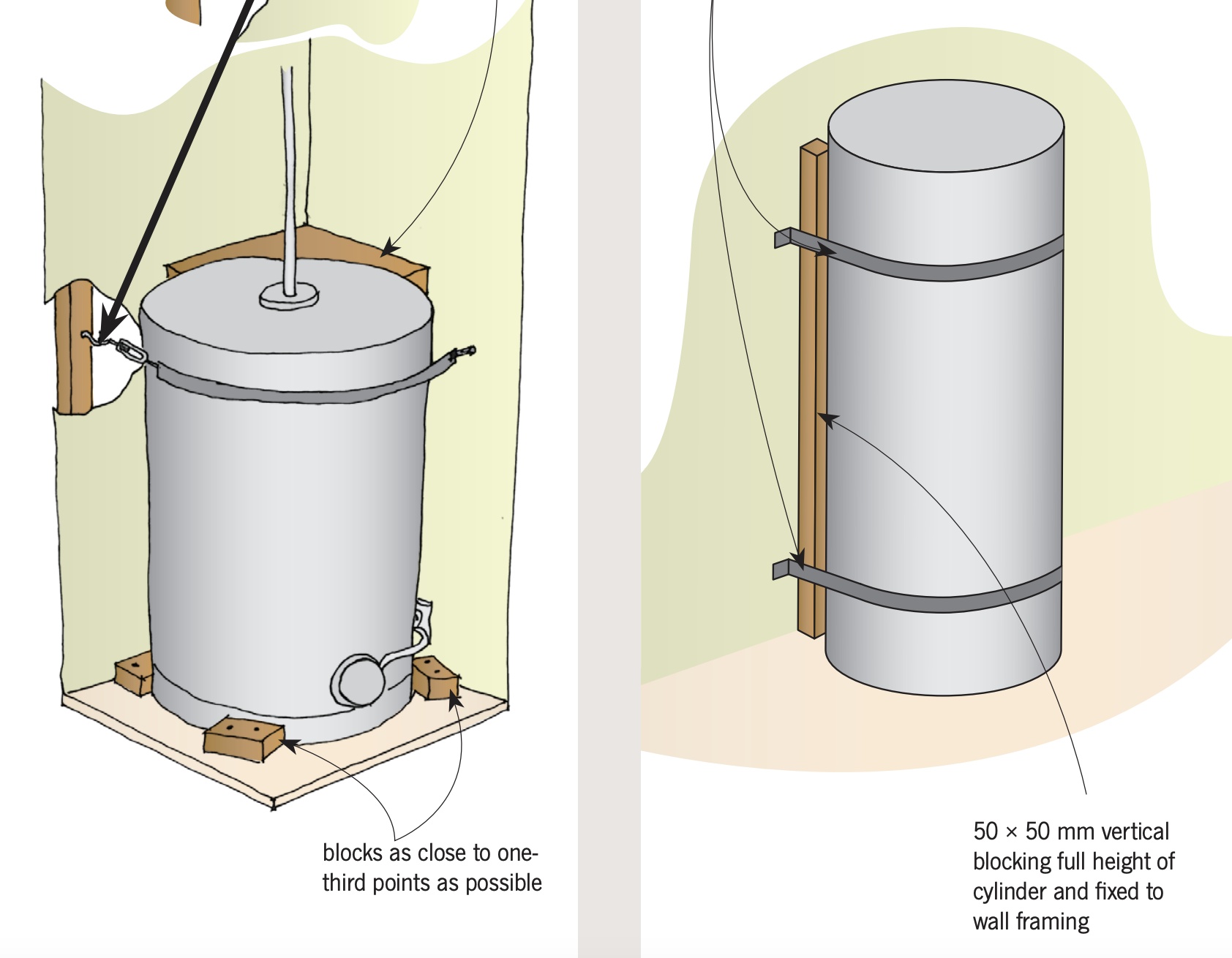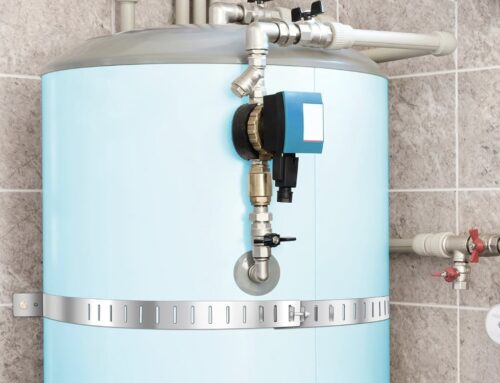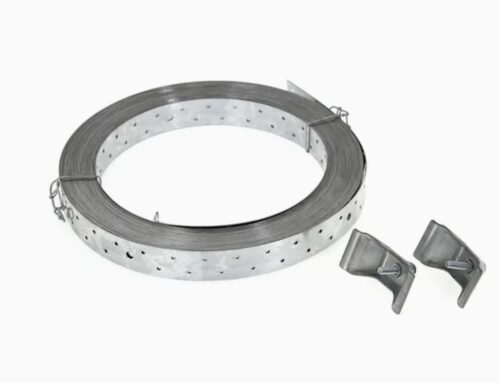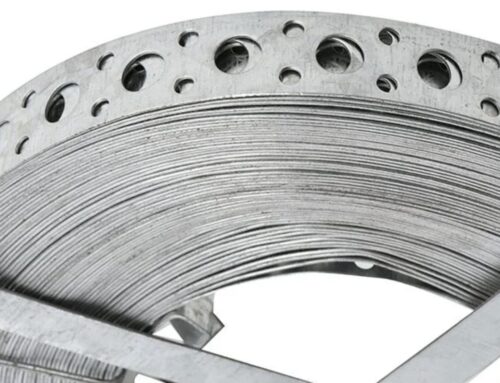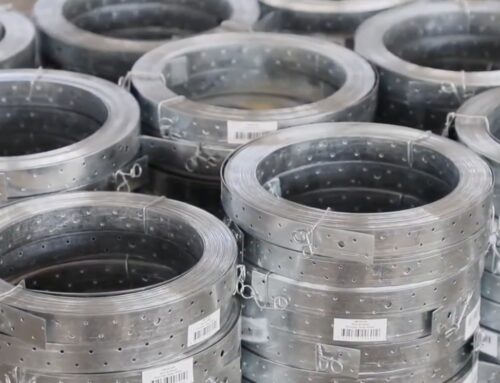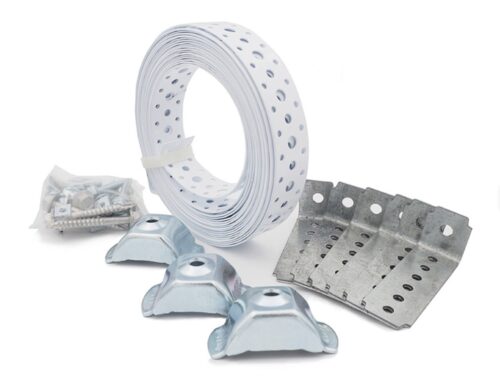A Cylinder Seismic Restraint Kit
A Cylinder Seismic Restraint Kit is a specialized safety device used to secure gas cylinders, such as those containing oxygen, nitrogen, or other industrial gases, to prevent them from tipping, sliding, or becoming dislodged during seismic activity (earthquakes) or other disruptive forces. These kits are critical in laboratories, hospitals, industrial facilities, or anywhere gas cylinders are stored and used.
Of course,cylinder does not refer to the gas cylinder only,there are other cylinders which may be filled with Hot water,chemicals etc..If such cylinder falled down because of some accident or earthquakes,it could cause damange and hurt people.
That’s why New Zealand and Austrilia use Cylinder Seismic Restraint Kits because those countries are highly seismically active, located along the Pacific Ring of Fire where tectonic plates frequently interact. This seismic activity makes earthquake preparedness a critical safety priority, particularly for facilities that store compressed gas cylinders.
A Cylinder Seismic Restraint Kit normally consists of 4 -6 meters of perforated Steel strap and all brackets, bolts, screws & tensioning devices required to make installation of this kit.
A perforated steel strap is a versatile, durable metal strip featuring evenly spaced holes or slots along its length. These straps are commonly used in various applications where securing, bracing, or reinforcing materials is required.
Cylinder Restraint Kit could be made in Stainless steel ,Galvanized steel.
Galvanized Cylinder Restraint Kit normally is recommended used in indoor serivce
How to Install the Cylinder Seismic Restraint Kit?
In New Zealand, the AS/NZS 5601.1:2022 – Gas Installations standard provides comprehensive guidelines for the design, installation, and commissioning of gas installations, including the secure storage and restraint of gas cylinders
Steps to Install a Cylinder Seismic Restraint Kit
1. Choose the Installation Location
- Ensure Stability: Select a sturdy wall, column, or floor with sufficient strength to withstand seismic forces.
- Access and Ventilation: Ensure the location allows easy access to the cylinder valves and complies with ventilation requirements for the gas being stored.
- Comply with Spacing Requirements: Check local regulations for minimum clearance between cylinders, walls, and other objects.
2. Mark the Mounting Points
- Position the Cylinder: Place the cylinder in its intended location.
- Mark Anchor Points: Using the kit’s mounting brackets as a guide, mark the spots for drilling. The mounting height should align with the cylinder’s center of gravity (usually 1/3 from the top for stability).
3. Prepare the Wall or Floor
- Drill Holes: Use a drill to create holes for the anchors at the marked points. Match the hole size to the anchor specifications provided in the kit.
- Insert Anchors: Secure anchors into the drilled holes if you’re working with materials like concrete or brick.
4. Attach the Restraint Brackets
- Secure the brackets to the wall or structure using the provided screws or bolts.
- Use a level to ensure the brackets are installed straight.
5. Secure the Cylinder
- Adjust the Straps or Chains: Wrap the straps or chains around the cylinder and attach them to the brackets. Adjust them to fit snugly around the cylinder without excessive slack.
- Tighten the Fasteners: Use the buckles, clamps, or tightening mechanism to secure the straps or chains firmly.
6. Test the Installation
- Check Stability: Gently push or shake the cylinder to ensure it is firmly secured and does not tip or slide.
- Inspect Fasteners: Verify that all bolts, screws, and straps are tightly secured.
Note to install the Cylinder Seismic Restraint Kit
- Ensure Compliance:
- Verify that the installation meets local seismic safety standards, such as New Zealand’s NZS 1170.5 or equivalent.
- Regular Inspections:
- Periodically inspect the restraint system for wear, corrosion, or loosening and re-tighten or replace components as needed.
- Document the Installation:
- Keep records of the installation and any maintenance for compliance with workplace safety regulations.
By following these steps, you can effectively secure gas cylinders and minimize risks during seismic events.
Reference standard
NZS 1170.5:2004 specifies seismic loads on building structures in New Zealand. ▫ New legislative requirements for storage of hazardous liquids have been issued
